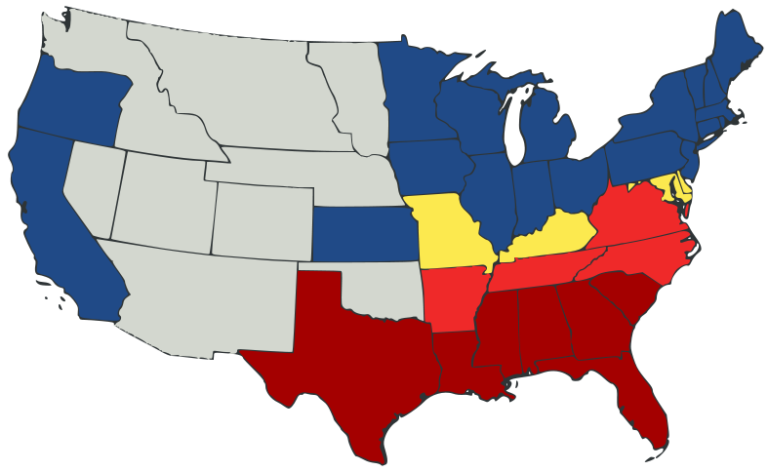ISO 9001 Context of an Organization
Determining the Context of the Organization – what can be done?
What is meant by “determine external and internal issues”? What should be considered? How far should you go?
One suggested approach is to have a formal process for deciding what to consider and why. This approach makes sense for several reasons: It formalizes the process to ensure it is invoked. It precludes going overboard on determining pertinent external and internal issues. If certification is an organizational objective, it preempts disputes with external auditors regarding compliance.
The notes to sub-clause 4.1 provide guidance. An organization, for example, could develop a list of areas in which issues could exist and perform periodic evaluations of any existing or emerging problems that might affect meeting requirements.
Examples of internal issues that could be considered include Internal audit results and self-assessment results, Analysis of quality cost data, Analysis of technology trend information. Competitive analysis, Results of customer reviews, audits, complaints and feedback, Actual versus intended internal values and culture, Organizational performance, Best practices of the organization and comparisons with industry benchmarks, Employee satisfaction data analysis.
One process that is underused but powerful in identifying internal issues is a self-assessment. It should be considered for serious attention. Self-assessments can be complex, using criteria such as those of the Malcolm Baldrige National Quality Award, the European Foundation for Quality Management, or the ASQ guidelines for performing a QMS self-assessment.
The assessment also can be simplified by using the seven quality management principles as a guide.
It is up to each organization to determine how detailed the analysis should be and what follow-up action, monitoring, and review are needed.
External issues can be found through several techniques such as analysis of Economic environment and trends, International trade conditions, Competitive products and services, Opportunities and conditions related to outsourcing, Technology trends, Raw material availability and prices, Potential changes in statutes and regulations, Benchmarking best-in-class performers in and outside the current marketplace.
Also, consider the potential interactions with other processes of your QMS. For example, sub-clause 4.1 may have direct or indirect interactions with your processes dealing with interested parties, risks, and opportunities, or with clauses 8, 9, and 10. These new requirements related to the organization and its context should provide the organization an opportunity to expand the breadth and depth of its QMS, integrate the QMS with the strategic and tactical management of the organization, and align objectives throughout the organization.
With IQC – the ISO Professionals, you’ll get all of the information and the proper training that you need to go on with the industry you are in! Here are the ISO Standards we can help you with:
- Asset Management ISO 55001
- Automotive Core Tools
- Automotive IATF 16949
- Body Armor BA 9000
- Capability Maturity Model Integration
- CMMC
- Counterfeits AS6081
- Energy ISO 50001 and SEP
- Environmental ISO 14001
- Ethical Sourcing SQFI
- Facility Management ISO 41001
- Food Safety Modernization Act FDA FSMA
- Food Safety ISO 22000
- Forestry SFI ATFS
- Gluten-Free Certification
- Info Security ISO/IEC 27001
- International Traffic in Arms Regulations, ITAR
- IT Service ISO/IEC 20000-1
- Laboratory Accreditation ISO 17025
- Medical Devices ISO 13485
- Occupational Health and Safety Management System
- Packaging ISO 15378
- Quality ISO 9001
- Responsible Care RC14001
- Supply Chain ISO 28000
- Telecommunications TL 9000

